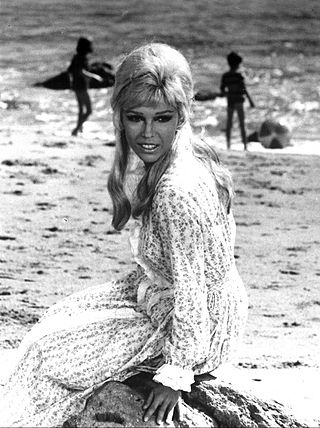
Nancy Sandra Sinatra is an American singer-songwriter, actress, film producer and author. She is the elder daughter of Frank Sinatra and Nancy Sinatra and is known for her 1965 signature hit "These Boots Are Made for Walkin'".
American International Pictures LLC is an American film production company owned by Amazon MGM Studios. In its original operating period, AIP was an independent film production and distribution company known for producing and releasing films from 1955 until 1980, a year after its acquisition by Filmways in 1979.

James William Ercolani, known by his stage name James Darren, was an American television and film actor, television director, and singer. During the late 1950s and early 1960s, he had notable starring and supporting roles in films including the youth and beach-culture film Gidget (1959) and its sequels. He also appeared in The Gene Krupa Story (1959), All the Young Men (1960), The Guns of Navarone (1961), and Diamond Head (1962). As a teen pop singer, he sang hit singles including "Goodbye Cruel World" in 1961. He later became more active in television, starring as Dr. Anthony Newman in the science fiction series The Time Tunnel (1966–1967). He had the regular role of Officer James Corrigan in the police drama T. J. Hooker (1982–1986) and performed as Vic Fontaine, a recurring role in Star Trek: Deep Space Nine (1998–1999).

Thomas Adrian Sands is an American pop music singer and actor. Working in show business as a child, Sands became an overnight sensation and instant teen idol when he appeared on Kraft Television Theater in January 1957 as "The Singin' Idol". The song from the show, "Teen-Age Crush", reached No. 2 on the Billboard Hot 100 and No. 1 on Cashbox.

The Allnighter is a 1987 American comedy film directed by Tamar Simon Hoffs and starring Susanna Hoffs, Dedee Pfeiffer, Joan Cusack and Pam Grier. It was released on May 1, 1987.

Edward Byrne Breitenberger, known professionally as Edd Byrnes, was an American actor, best known for his starring role in the television series 77 Sunset Strip. He also was featured in the 1978 film Grease as television teen-dance show host Vince Fontaine, and was a charting recording artist with "Kookie, Kookie ".

The beach party film is an American film genre of feature films which were produced and released between 1963 and 1968, created by American International Pictures (AIP), beginning with their surprise hit, Beach Party, in July 1963. With this film, AIP is credited with creating the genre. In addition to the AIP films, several contributions to the genre were produced and released by major and independent studios alike. According to various sources, the genre comprises over 30 films, with the lower-budget AIP films being the most profitable.
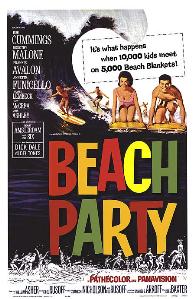
Beach Party is a 1963 American film and the first of seven beach party films from American International Pictures (AIP) aimed at a teen audience. This film is often credited with creating the beach party film genre.
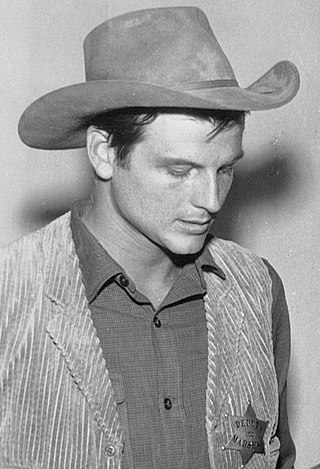
Joel Dee "Jody" McCrea was an American actor. He was the son of actors Joel McCrea and Frances Dee.

Beach Blanket Bingo is a 1965 American beach party film directed by William Asher. It is the fifth film in the Beach Party film series. The film stars Frankie Avalon, Annette Funicello, Linda Evans, Deborah Walley, Paul Lynde, and Don Rickles. Earl Wilson and Buster Keaton appear. Evans's singing voice was dubbed by Jackie Ward.
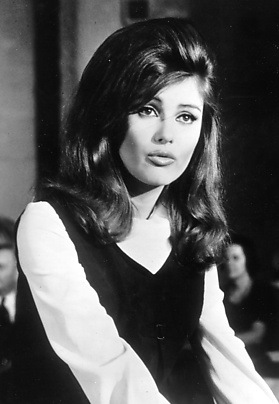
Pamela Tiffin Wonso was an American film and television actress.
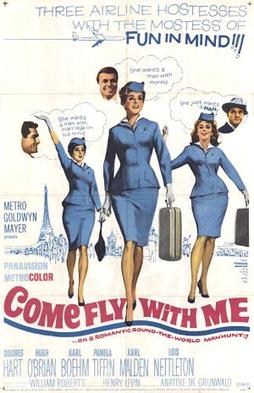
Come Fly with Me is a 1963 British Jet Age romantic comedy film directed by Henry Levin and released by MGM. Featuring an ensemble cast of Dolores Hart, Hugh O'Brian, Karlheinz Böhm, Pamela Tiffin, Karl Malden, and Lois Nettleton, it is based on Bernard Glemser's 1960 chick-lit novel Girl on a Wing, which was published again in 1969 under the title The Fly Girls. It follows three young international air hostesses looking for romance and excitement, weaving abundant soap opera elements into its tale of opportunity for glamorous travel and adventures with men that came with being an airline hostess.
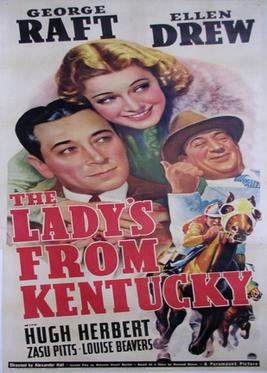
The Lady's from Kentucky is a 1939 film directed by Alexander Hall and starring George Raft and Ellen Drew. It was written by Malcolm Stuart Boylan from a story by Rowland Brown. The screenplay involves a failing bookie (Raft) who becomes half owner of a racehorse, with a Kentucky lady (Drew) owning the other half. ZaSu Pitts plays a supporting role.
Lawrence Benjamin Bunker was an American jazz drummer, vibraphonist, and percussionist. A member of the Bill Evans Trio in the mid-1960s, he also played timpani with the Los Angeles Philharmonic orchestra.

Gidget Goes to Rome is a 1963 Columbia Pictures Eastmancolor feature film starring Cindy Carol as the archetypal high school teen surfer girl originally portrayed by Sandra Dee in the 1959 film Gidget. The film is the third of three Gidget films directed by Paul Wendkos and expands upon Gidget's romance with boyfriend Moondoggie. The screenplay was written by Ruth Brooks Flippen based on characters created by Frederick Kohner. Veterans of previous Gidget films making appearances include James Darren as "Moondoggie", Joby Baker, and Jean "Jeff" Donnell as Gidget's mom, Mrs. Lawrence.
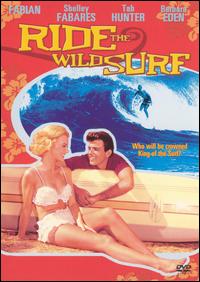
Ride the Wild Surf is a 1964 American romantic drama film. It was filmed in 1963 and distributed in 1964. Unlike the beach party movies of the era, this was a departure from the typical Hollywood approach to surfing as it was a drama, not a comedy. It is known for its exceptional big wave surf footage – a common sight in surf movies of the time, but a rarity in Hollywood films. Likewise, the film has only one pop song – the titular Jan and Dean track, which is heard once, at the end of the film.
The Lively Set is a 1964 American color action drama sport film directed by Jack Arnold and starring James Darren, Pamela Tiffin, Doug McClure and Joanie Sommers.

Wild on the Beach is a 1965 beach party film directed by Maury Dexter and starring Frankie Randall, Sherry Jackson, Gayle Caldwell, and Jackie Miller. It is notable for the musical acts showcased onscreen, being the film debut of Sonny & Cher in particular. It is one of the few films in the genre to be filmed in black and white.
Robert Dennis Woodbury is an American comedian, actor, television personality and talk show host. He is known for his best-selling comedy albums of risqué stories, most of which were released in the early 1960s. He was among the first standup comedians to receive a gold record.
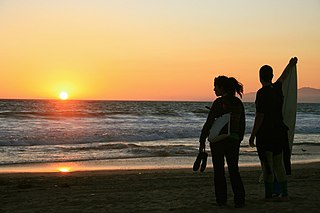
The California sound is a popular music aesthetic that originates with American pop and rock recording artists from Southern California in the early 1960s. At first, it was conflated with the California myth, an idyllic setting inspired by the state's beach culture that commonly appeared in the lyrics of commercial pop songs. Later, the sound was expanded outside its initial geography and subject matter and was developed to be more sophisticated, often featuring studio experimentation.















